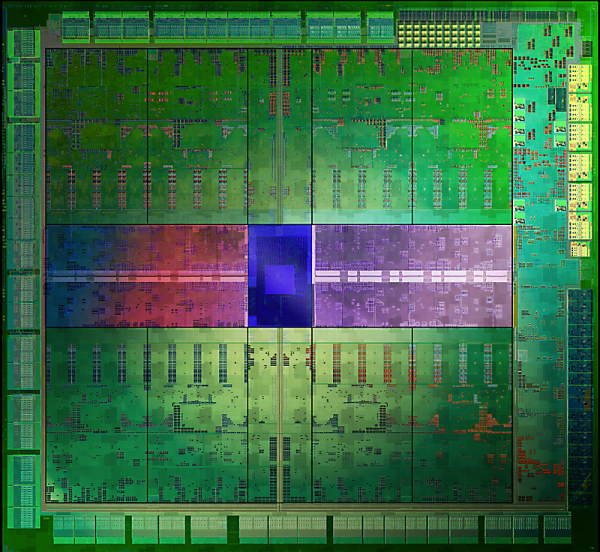Associate
- Joined
- 17 Sep 2011
- Posts
- 631
- Location
- In my PC
So just over 100mhz true overclocking headroom is OK with you then? because the card barely passes 1200mhz before crapping out.
So your bet is off, and like many it seems you didn't actually read the reviews very well, just skimming over them before coming to your conclusions.
BTW. Please stop bringing I7 turbo into this.
The fact is it impedes your overclock, so you have to disable it. And if you couldn't disable it it would be a big deal.
I'll admit i didnt even read the reviews tbh im just following logic.....and if it only get an extra 100mhz over the nvidia pre-set turbo clocks then that just means nvidia did the overclocking for you so you dont have to even bother. It also means noobs who are too afraid or dont have the knowledge to overclock their cards are getting the top level of performance out of the hardware they paid for. If it craps out barely over 1200mhz then so what,it is what it is. But to say its unfair to compare it to ATI's stuff straight out the box is a bit weird imo. I am dissapointed that the cards dont overclock any higher it makes me wonder about long term stability/reliability......i think that should be the main concern if its true(if temps are good then i dont see it being an issue). I'll go read the reviews now

Last edited:





